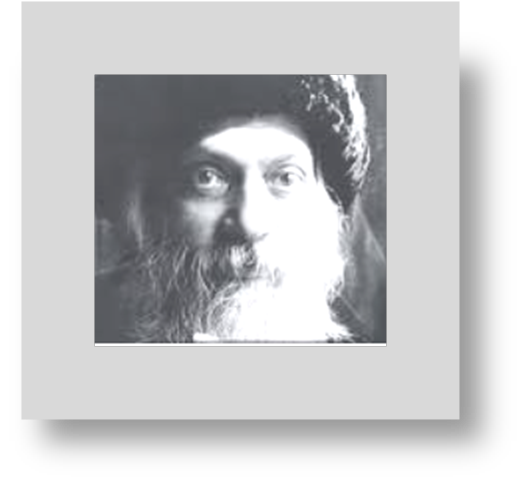MICRO LEARNING OF SCIENCE WITH VISUAL SUPPORT HAS BOTH COGNITIVE & NON-COGNITIVE BENEFITS
- Lalit Kishore
- Apr 9, 2022
- 2 min read
By Dr Lalit Kishore

It has been generally observed that teachers straight away resort to the presentation of abstract symbols which leads to rote learning without formation of any mental images related to abstract symbols.
There exist evidences that the sequence of learning process goes from concrete experience to semi- concrete or visual representation to analysis to codification in abstract symbols to semi- abstract or graphics or visual disruptions for memorization and long term retention.
As we know that limitation of the chalk-and-talk method are well known and there exists some which utilize the structures of alphabet with suggestive strokes to create visual codes. I has reported elsewhere as follows.
The Blackboard Book by Watts has also given assorted simple pictures made from geometric figures. However, there is no material which is available directly related to the visuals symbols and simple line drawings related to the textbook lessons where in colourful artist-drawn pictures exist. Also, Howard Gardner talks about Multiple Intelligence in which he mentions that most learners learn better through visuals and this intelligence can be fostered and nurtured by providing visual codification of the reality before moving onto abstract codification.
Besides this, most of the social learning happens through visualization in absence of textual literacy which is also a strong aspect with women because they have lived experiences and its incorporation in classroom instruction can make learning gender and social Inclusive. Thus, visual symbols promote femininity marked by nurturance principle
Furthermore, simple dual-coded or visual-disruptive text has been found to enhance lower order thinking skills and working memory of students. Also, my classroom experiment of teaching science in 2022 through micro-learning worksheets with visual codes at Plenum School in Himachal Pradesh showed the non-cognitive gains among student such as enhancement of attentiveness, systematization of class work and prep sessions, eye-hand coordination and diagram making (see pic).
For micro-learning, the designed worksheet has to make children to read, think, draw, write and do if learning has be effective and efficient





Comments